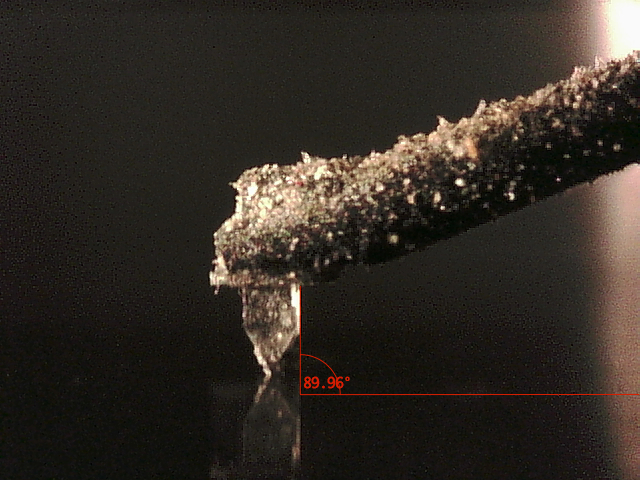The symptons of a worn stylus are:
- Too harsh sound.
- Scratch sounds.
- Loss of treble in audio.
- Highs and lows become less clear.
- Dirt on stylus tip.
- Misshapen stylus tip.
- Incorrect angle between stylus and record.
Table of Contents
Introduction
If you spend much effort on maintaining your vinyl records. But you’re still having audio issues, then this might just be caused by your stylus. It might just be time to replace the whole cartridge. If you’re worried this might be the case but you’re not sure, then there are a few ways to make sure the issue is actually with your stylus. This involves listening for symptoms, but there is also some looking I can do, but not with the naked eye.
If you’re not in the mood to read an article, then I’ve also added a YouTube video at the end of this article that goes into some detail. I’ve spent enough time introducing, let’s dive in.
Stylus Play Time
Every stylus slowly wears down by use. The rate of deterioration is determined by mulitple factors. But before I discuss these factors, it should also be noted that cartridge components will also wear down very slowly over time if you’re not using them. So if you have a 15 year old unused stylus it will probably not be in a good state either.
The table below will give you a quick and general overview of stylus types and their playtimes before replacement is needed.
| Diamond – High quality | 1000 to 1500 hours |
| Diamond – Regular | 500 to 700 hours |
| Ruby | 150 to 250 hours |
It should also be noted that the hours are influenced by multple factors like tracking force. Generally a higher tracking force will decrease the amount of hours before adviced replacement. Other factors are record maintenance and cartridge maintenace.
Audio – Worn Stylus Symptoms
The obvious ones are too harsh of a sound and apparent scratches. Some people actually like the nostalgic effect this has on your music. In case you’re one of these people then I’m obliged to point you to our own project of passion called Vinyl Tube which adds the vinyl crackle to any YouTube video. But let’s get back to worn stylus symptoms.
After these two obvious symptoms listen for a muddy sound. With this I mean for example a loss of trebble. The difference between high and low sounds can be lost which can indicate an issue with your stylus. Now this is a bit harder to notice, especially because it’s gradual degradation. This leads us to the next segment of this article… visual symptoms.
The audio symptoms that I’ve discussed can actually also be caused by different issues, like damaged records or dirty records. Do you think that might just the case? Then I’d like to point you to our article which focusses on cleaning vinyl records with alcohol. If you’re not confident enough about your audio-technical analysis then I suggest you take a closer look, literally.
Visual – Worn Stylus Symptoms
The audio symptoms that I’ve discussed can actually also be caused by different issues, like damaged records. If you’re not confident enough about your audio-technical analysis then I suggest you take a closer look, literally.
You can take a literal close look at your stylus with any digital microscope. Digital microscopes are cheap devices ($5-$15) that you can plug into your computer or phone to take a “microscopic” (like 100x magnification) look at anything. So I advice you use this to take a very close look at the physical condition of your stylus. I’ll quickly list what to look for.
- Is there any sort of dirt on the tip?
- Is it still in a proper shape or has it eroded into something ineffective?
- Try to see if the needle hits your records at the proper angle of 90°. If you’re not sure how to validate this, then I want to point you to this article.

If you just find dirt, you might just be able to clean it off. The other two issues will probably require you to replace the entire cartridge. Unless your stylus is detachable, and you have some spares.
Hopefully this article was useful to you. I’d also love it if you checked out our record player Reviews & Top Lists or other Educational articles like this one.
Sources
- Woodford, Chris. (2009/2019) Record players. Retrieved from https://www.explainthatstuff.com/record-players.html. [Accessed 12th of April 2020]
- Audio Asylum, https://db.audioasylum.com
- ANA[DIA]LOG on YouTube
No responses yet